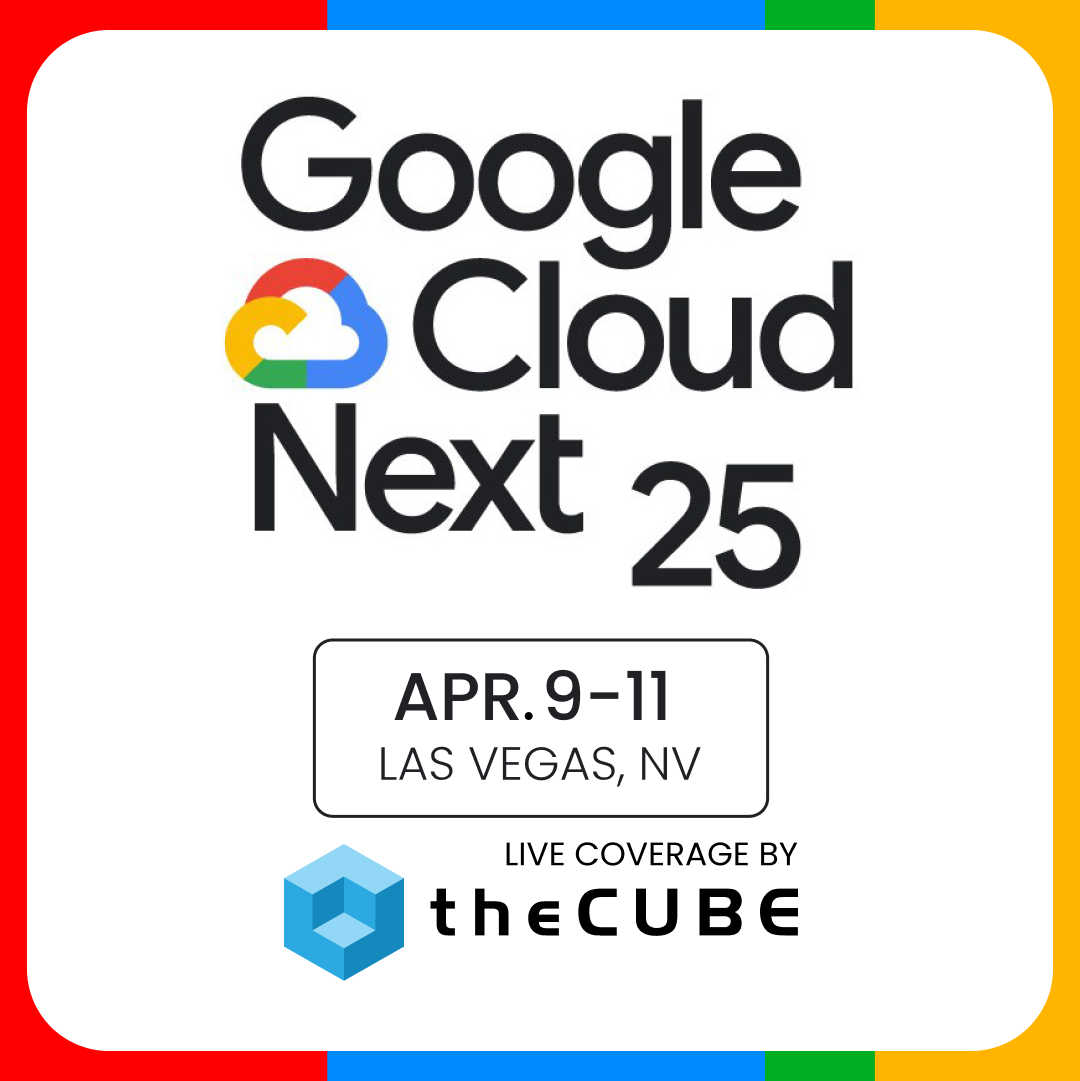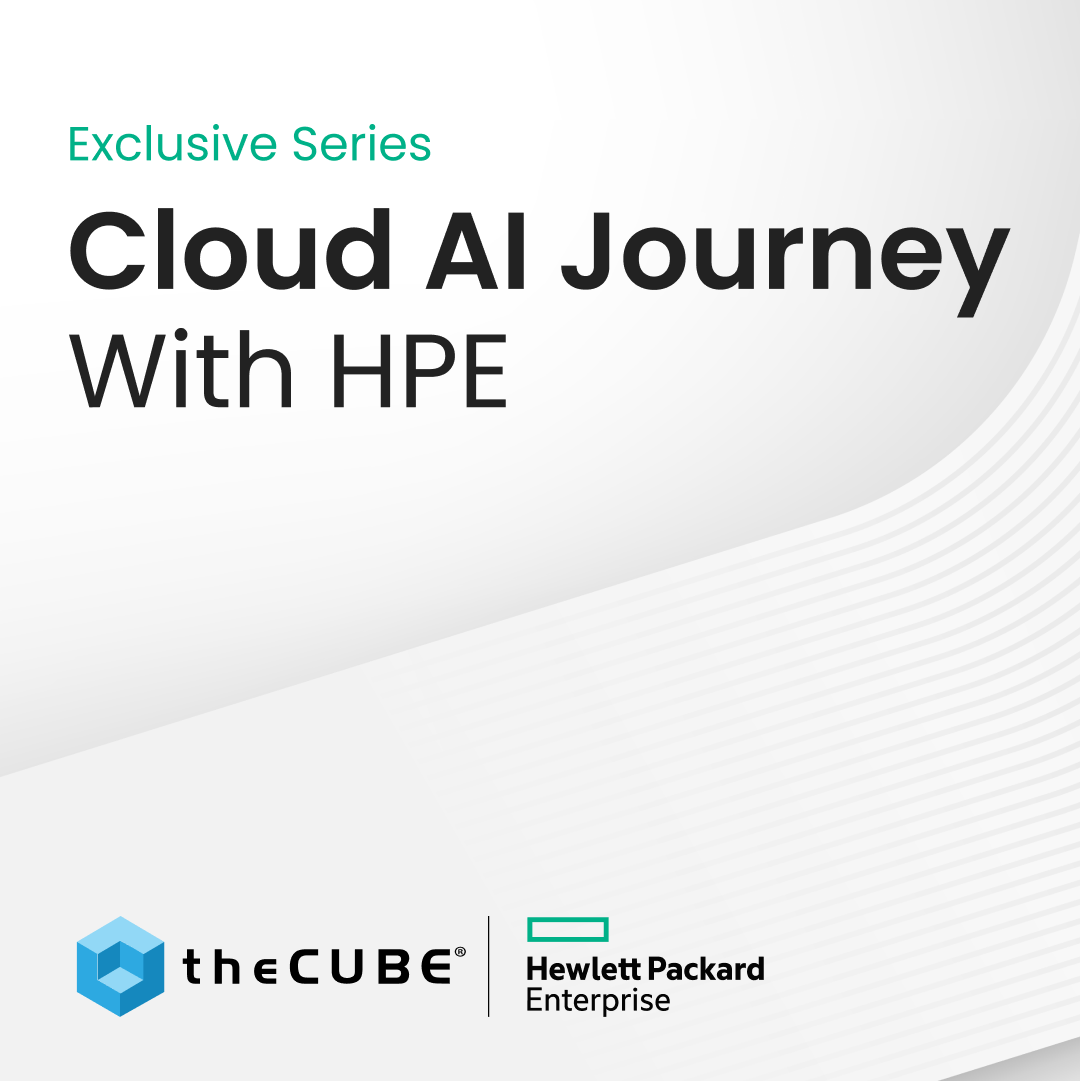Comcast confirms my observations on peering dispute
In my video on the peering dispute between Level 3 Communications and Comcast, I made a number of key assertions that were deduced from FCC testimony and PR statements from both companies. Public companies![]() cannot afford to make false statements that are publicly documented though they often try to be vague. However, some statements don’t have any wiggle room and if they’re parsed carefully as I always try to do, then one can deduce a lot of good information. Even so, it’s good to see Comcast add confirmation to my deduced facts in their response to Level 3′s FAQ and even acknowledge my video as a good explanation on this dispute.
cannot afford to make false statements that are publicly documented though they often try to be vague. However, some statements don’t have any wiggle room and if they’re parsed carefully as I always try to do, then one can deduce a lot of good information. Even so, it’s good to see Comcast add confirmation to my deduced facts in their response to Level 3′s FAQ and even acknowledge my video as a good explanation on this dispute.
One of my key assertions that some people challenged was the fact that there was a concurrent transit and peering agreement that operated independently of each other. Since I’m one of the few independent people (if not the only) that asserted this dual relationship, even some of my colleagues weren’t 100% confident in my analysis.
My previous assertions were deduced from Comcast’s previous letter stating that they paid Level 3 for transit Internet connectivity and that they were asking Level 3 to pay them for an additional 20 ports (a minimum of 10 Gbps per port for a total of 200+ Gbps) of exclusive private peering capacity that is dedicated to Level 3′s CDN business. It was also based on the fact that Level 3 admitted that they agreed to pay for peering capacity but under protest and that they provided transit service to Comcast. While this is fairly sufficient evidence to draw my conclusions, it’s nice to hear an explicit reconfirmation from Comcast which stated –
“In fact, leaving this dispute aside, we have an ongoing interconnection agreement with Level 3 that is still in place — where Comcast pays Level 3 for some services, like transit to other networks”![]()
So it is exactly as I have drawn it in my video which is why Comcast cites it in their reply. There really is a separate peering and transit agreement in concurrent operation. The traffic is separated where Level 3 CDN traffic goes through the private peering circuits which has 460 Gbps of total capacity. Comcast gives 160 Gbps of that 460 Gbps to Level 3 for free, 100 Gbps is exchanged, but Comcast charges Level 3 for 200 Gbps. On the transit side, Comcast pays Level 3 for incoming and outgoing traffic from/to other places on the Internet which is why the traffic ratios are irrelevant on the transit side.
Some people like Dan Rayburn doesn’t seem to grasp this fact and conflates transit traffic ratios with peering traffic ratios based on Rob Powell’s claim. But the transit traffic ratios are irrelevant because Level 3 charges Comcast for incoming and outgoing transit traffic. Comcast merely charges Level 3 for some of the imbalanced incoming traffic on the peering circuits which is the 200 Gbps of additional peering circuits requested by Level 3 CDN. This 200 Gbps of peering capacity was built at the request of Level 3′s CDN business and to be used exclusively for Level 3 CDN and it is completely separate from the transit service that Level 3 sells to Comcast.
Lastly, Comcast also confirmed my deduction that Level 3 was asking for an upgrade to 500 Gbps of peering capacity up from 200 Gbps. I based my estimate on the fact that Comcast will only peer with 10 Gbps ports or better and that Level 3 was asking for 30 more ports. These facts are normally under Non Disclosure Agreements (NDA) which is why Comcast only mentioned in their initial letter to the FCC that Level 3 wanted 30 ports, but not the actual capacity. Level 3 forced the issue by breaking the NDA in the first place by disclosing to the public the existence of such a peering agreement which forced Comcast to reveal some parts of the deal to defend themselves.
[Cross-posted at Digital Society]
A message from John Furrier, co-founder of SiliconANGLE:
Your vote of support is important to us and it helps us keep the content FREE.
One click below supports our mission to provide free, deep, and relevant content.
Join our community on YouTube
Join the community that includes more than 15,000 #CubeAlumni experts, including Amazon.com CEO Andy Jassy, Dell Technologies founder and CEO Michael Dell, Intel CEO Pat Gelsinger, and many more luminaries and experts.
THANK YOU















